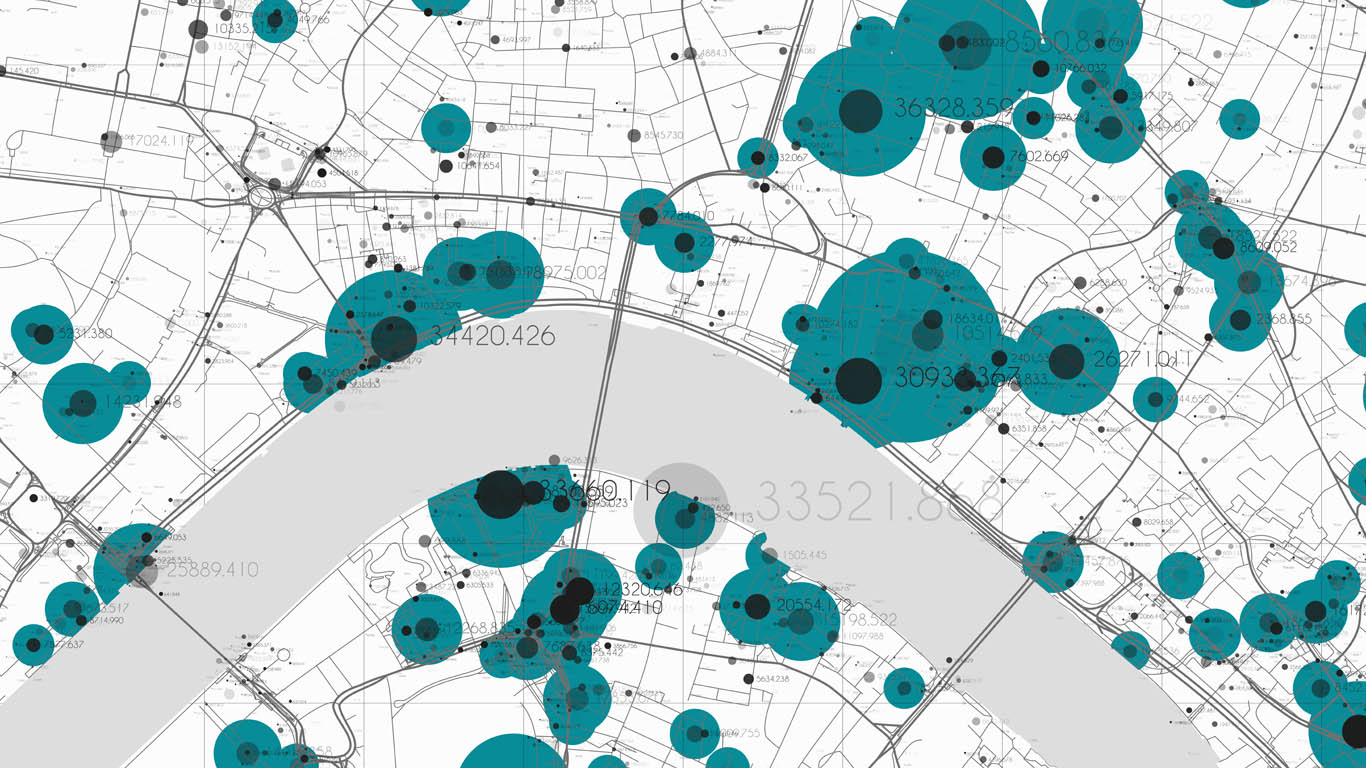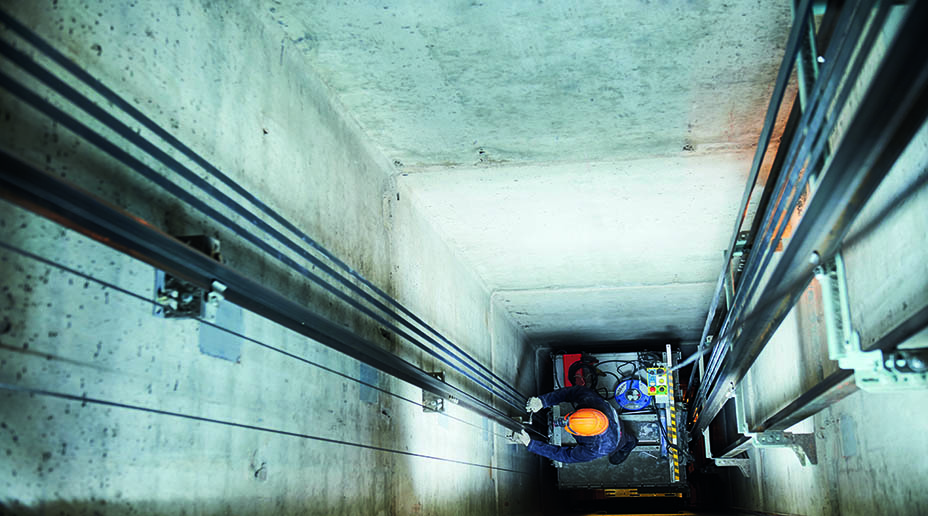The large-scale move to a remote working model during the Covid-19 pandemic is likely to signal a more permanent shift towards this type of working for many, leading to certain potential implications from an insurance perspective. With more staff located offsite, traditional perils, while still representing risk, are less likely to result in a total loss or disruption to business. This is due to the wider geographical spread of risk, where staff and IT equipment are no longer concentrated in one location.
However remote working also engenders new, less tangible risks, in the form of enhanced cyber threats. The potential for thousands of WiFi routers in employees’ homes across a wide geographical spread, opens up new vulnerable access points for cyber criminals. It’s expected that cyber is likely to continue to emerge as a key business peril.













